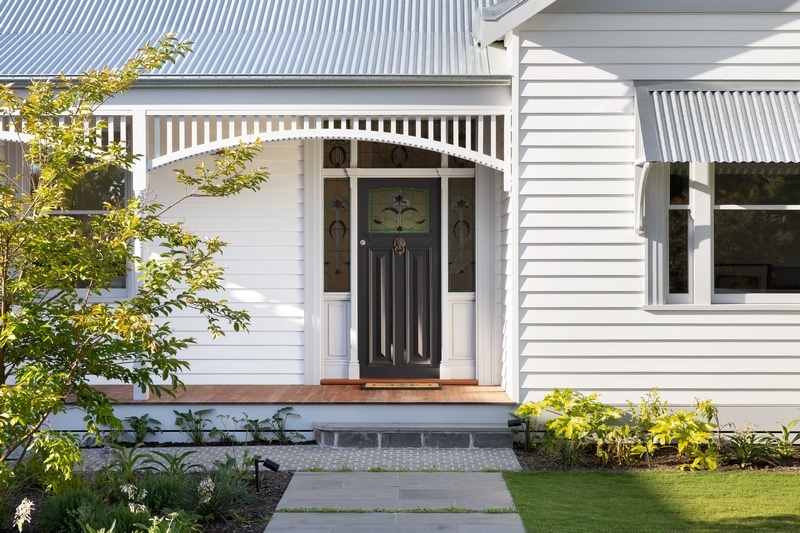A heritage overlay is a planning control tool used in Victoria to protect and conserve places of cultural and historical significance. Formally recognised by the Heritage Register, a heritage overlay can apply to residential and commercial dwellings and various outdoor landscapes. Heritage overlays can have huge impacts on how you go about renovating a period home, so before you embark on this journey, here are some things you need to look out for.
Is your home protected by heritage listing or heritage overlay?
A heritage listing often governs alterations to both land and structures. In contrast, an overlay regulates changes to a building’s exterior and, in rare instances, its interior. To put this into context, about 700 private residences in Victoria are heritage listed on the Victorian Heritage Register. Building work may only be done within or outside of these homes with approval or an exemption from Heritage Victoria.
On the other hand, a heritage overlay is used to preserve approximately 300,000 properties. While some of these sites are regarded as “significant”, others are categorised as “contributory” because, despite not being individually “significant,” they shape the overall aesthetic of a heritage area. Additionally, specific “non-contributory” properties could be covered by an overlay only by an account of being situated in a heritage precinct.
How can I find out if a heritage overlay covers my property?
To determine whether your property is subject to an historic overlay or other planning regulations, we recommend to check out Landchecker. This online database offers comprehensive details on thousands of properties throughout Victoria and NSW, and is the perfect place to start your research.
Can I make changes to my heritage property with a heritage overlay?
The scope of the planned change, its visibility from the street or nearby properties that are historically significant, and the materials you want to use will all play a role in whether your proposed works are approved. You may build on or modify your home provided it complements or fits in with the heritage precinct, as the Department of Planning, Industry, and Environment specifies. Homeowners must get approval from their local council.
It’s important to keep in mind that if your property is recognised as having exceptional historical significance, you can be subject to stricter regulations than owners of homes affected by heritage overlays. To help minimise any potential impacts down the road, it pays to thoroughly research the heritage overlay guidelines for your area and carefully plan your renovation to ensure it complies with these requirements.
Some key aspects to consider include:
- Roofline alterations: Changes to the roofline, such as altering the pitch, will require approval from the local council to ensure the new design is in line with the heritage character of the area.
- Cladding and materials: The choice of cladding and external materials may be limited to those historically appropriate for the site. This can impact both the aesthetics and cost of your renovation.
- Windows and doors: Alterations to window and door styles, sizes, and locations may be subject to council approval to maintain the heritage character of the home and surrounding area.
- Land subdivision: Allowed under specific conditions, such as realigning common boundaries without significant changes, subdividing lots with existing buildings or car parking spaces, and dividing land into two without creating a vacant lot.
- Demolition of outbuildings: Permitted unless they are identified in the Heritage Overlay schedule.
- External facilities: Installation of domestic services, disabled access ramps, vehicle cross-overs, swimming pools, spas, rainwater tanks, signs, and solar energy facilities are allowed.
The Experts in Heritage Overlay Properties
Working with a heritage overlay? We know the ins and outs of heritage restrictions, so you can rest assured that we have all the specific requirements for compliance covered. Our exceptional team have the vast experience required to navigate these regulations to ensure that your project meets all the necessary requirements. We offer customised solutions that meet the unique needs of each heritage project, working closely with our clients to develop a comprehensive plan that addresses their restoration goals.
Contact us for a consultation and start planning your next project with Peter and the team at Secon Constructions, Melbourne’s heritage design and construct experts.


